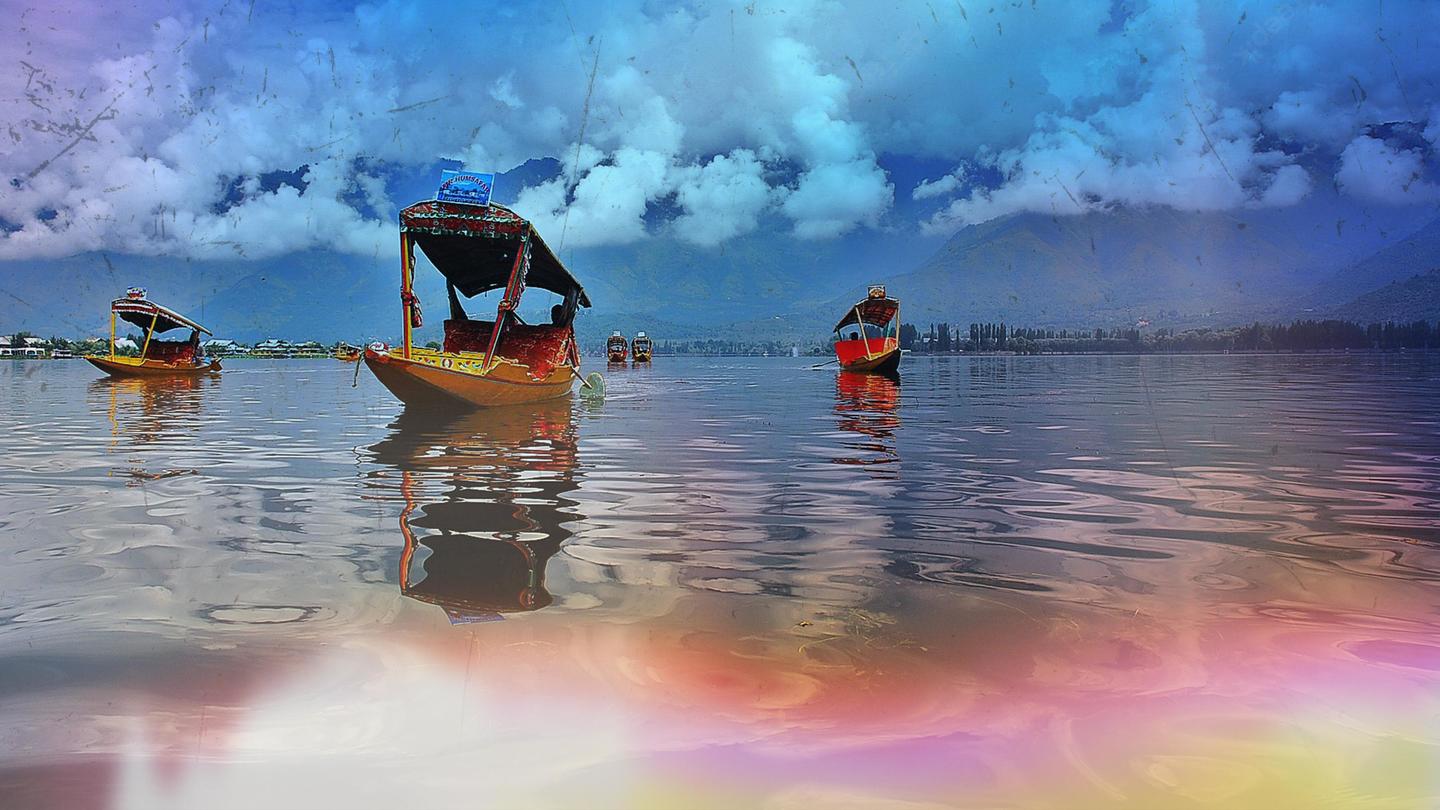
5 picture-perfect lakes in India to add to your itinerary
What's the story
Travelers who find joy sitting by lakes and simply watching ducks paddle by would understand the importance of lakes in the ecosystem of a region.
Whether at a mountain top or surrounded by greenery, lakes define serenity with their sparkling water and picture-perfect backdrop.
India is blessed with plenty of beautiful lakes; here are some that would take your breath away.
Himachal Pradesh
Chandratal Lake
According to Hindu mythology, Indra, the god of thunder, came down on his chariot to give Yudhishthira a ride to heaven from Chandratal.
It is believed that fairies visit the lake at night!
Surrounded by mountains and meadows, this beautiful water body is situated in Lahaul, in Himachal Pradesh.
The best time to visit this lake is from late May to early October.
Jammu and Kashmir
Dal Lake
Located in Srinagar, the Dal Lake is also known as the "Lake of Flowers," "Jewel in the crown of Kashmir" or "Srinagar's Jewel."
It is important for commercial purposes like fishing and water plant harvesting.
Houseboats and shikaras are a special tourist attraction of Dal Lake.
The floating markets and gardens on the lake make it highly photogenic as well.
Manipur
Loktak Lake
Loktak Lake is the largest freshwater lake in northeast India's Manipur.
The name Loktak signifies, Lok as in "stream" and tak as in "the end."
The pristine lake is known for its round floating heterogenous swamps, called phumdis in the local language.
Keibul Lamjao National Park is the only floating national park in the world, located here on the phumdis.
Ladakh
Tso Moriri
Located in Ladakh, Tso Moriri is a beautiful, calm, and sacred high-altitude lake.
This remnant lake is the largest high-altitude lake in India, situated at an elevation of 4,522 meters above sea level.
It has emerald water, with wetlands and marshes around, which are breeding grounds for many unique birds and mammals.
Changpa herders are the main inhabitants of the surrounding area.
Sikkim
Tsomgo Lake
Tsomgo Lake, also known as Changgu Lake or Tsongmo Lake, is a glacial lake in eastern Sikkim.
Located at an elevation of 3,753 meters, it remains frozen during winter.
The lake water comes from springs and snow melt from the surrounding mountains, and apparently, it reflects different colors during different seasons.
Buddhist monks used to prophesize by studying the colors of this lake.